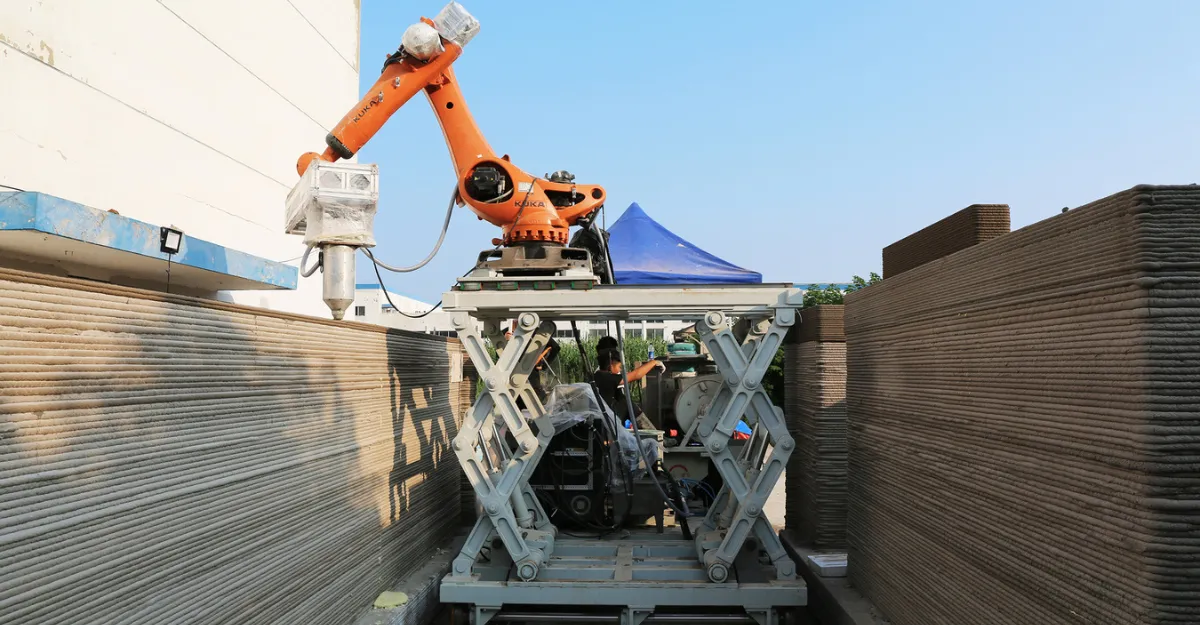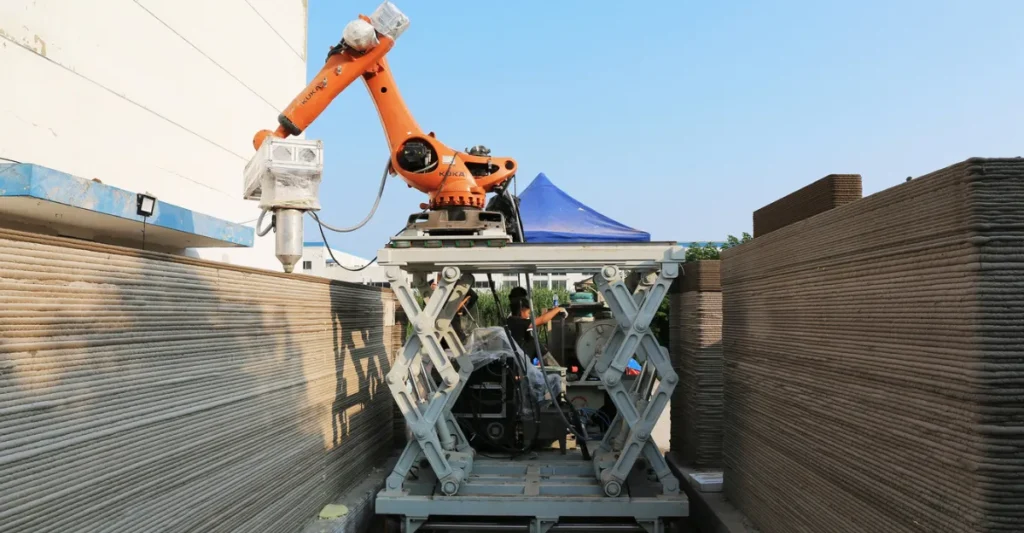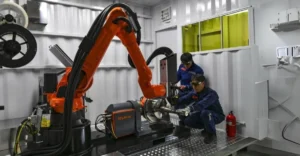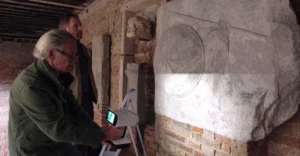Academic institutions are pioneering 3D printing applications that could transform architectural practice and construction methods.
3D printing is making waves across university campuses, and it’s not just for small-scale models anymore. Around the world, academic institutions are challenging the possibilities of architecture with collaborative prototyping that could dramatically change our approach to building in the future.
Although the field of 3D printing is expanding rapidly within all industries, the use of 3D printing in architecture has its own advantages and issues. The process builds objects through layer-by-layer construction at roughly 2 cm per hour, creating complex shapes that would be difficult or impossible using traditional methods.
“The application of 3D printing technology in education is expected to foster new experience, research, and knowledge, which is beneficial to the development and application of technology,” says Professor Xu Weiguo of Tsinghua University’s School of Architecture, which has created a number of astounding projects in the area.
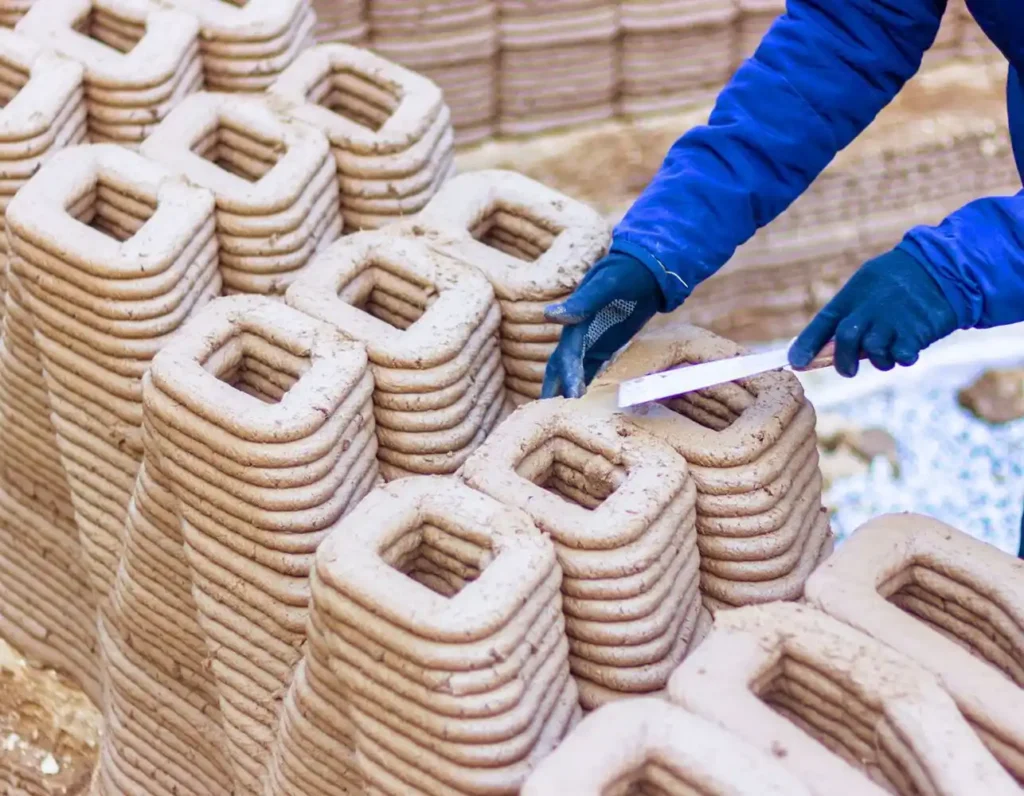
One standout example comes from Chile, where the Additive Manufacturing for Construction Group (MACO-UBB) at Universidad del Bío-Bío has tackled the complex challenge of adapting 3D printing technology to regions with severe seismic conditions. By installing advanced equipment and collaborating with local companies, the team successfully created a small surveillance cabin using locally adapted materials and an industrial robot.
In Barcelona, students and professionals from the Institute for Advanced Architecture of Catalonia (IAAC) developed TOVA, the first earthen prototype made using additive manufacturing in Ibero-America. The project, built in Collserola Park, showcased how 18 students could design and produce complex architectural components in just two months.
“Demonstrating advantages such as reduced execution time, resource use, waste, management, and transportation, the construction of quality buildings adapted to different geographies and cultural contexts remains one of the key challenges faced by 3D printing,” notes an IAAC program director.
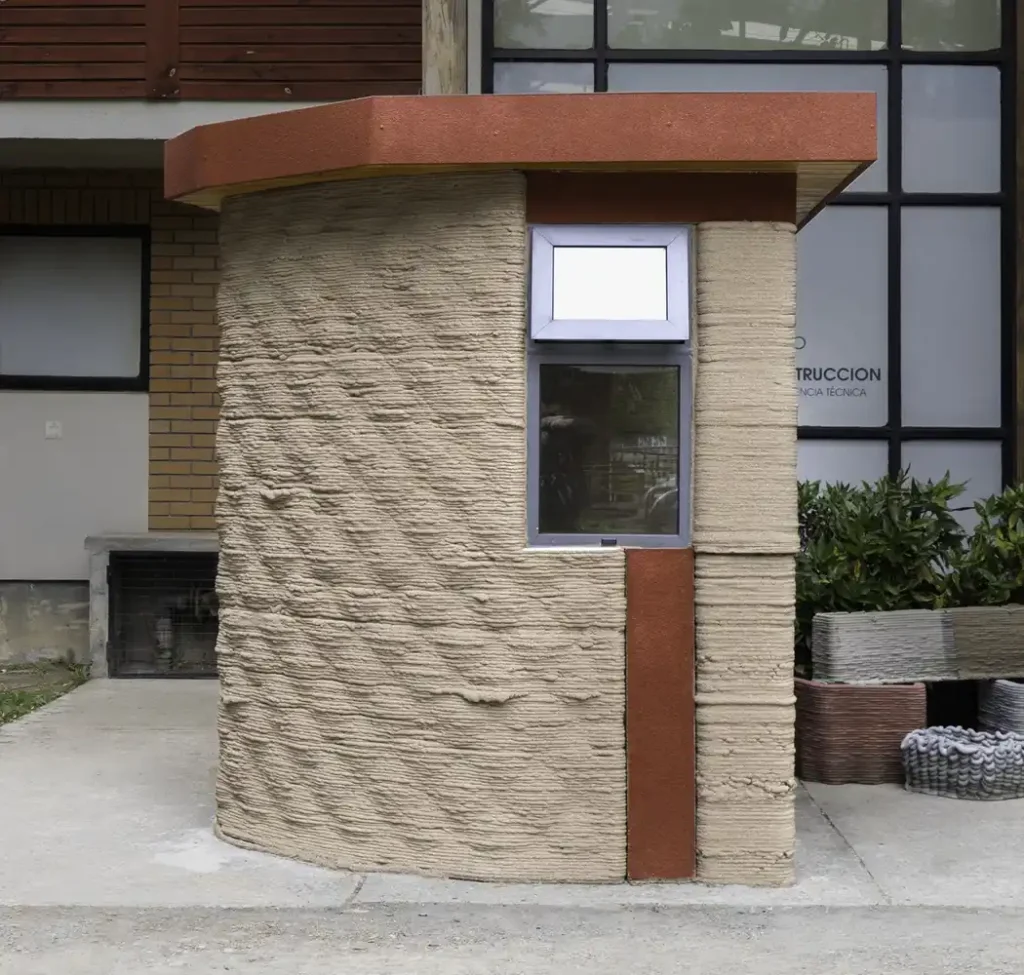
Cornell University’s College of Architecture has taken an innovative approach to environmental challenges by creating a full-scale cabin prototype that responds to the emerald ash borer crisis devastating native trees across the U.S. Their Robotic Construction Laboratory developed a custom platform to process irregular ash trees while incorporating 3D printing systems that use minimal concrete and operate without formwork.
These academic explorations aren’t limited to wealthy nations. At Tsinghua University, researchers developed a “Mobile Platform of Robotic 3D Printing in Concrete” and a “Rapid Construction System for Concrete Houses” specifically designed for low-income housing in Africa. The resulting prototype, completed at the university’s Experimental Base, demonstrates how this technology could address global housing challenges.
“The use of technology in architecture reveals a still-emerging field, where material efficiency, construction speed, and the availability of manufacturing tools can lead to the personalization of creative designs tailored to individual needs,” says an industry observer following these developments.
Also read: Pimax Launches Software Beta and Teases Dream Air Event
As architecture schools continue embracing 3D printing, they’re addressing pressing challenges like poverty reduction, rural infrastructure development, and lowering carbon emissions in construction. Through experiments, prototypes, and collaborative research, academic institutions are preparing the next generation of architects to think critically about how this technology will shape the future role of human intervention in the building process.
The smart construction method offers savings on materials, labor, and resources while enabling personalized designs that traditional methods can’t achieve. As one researcher puts it: “We’re just beginning to understand what’s possible when we combine digital tools with material science and architectural vision.”


